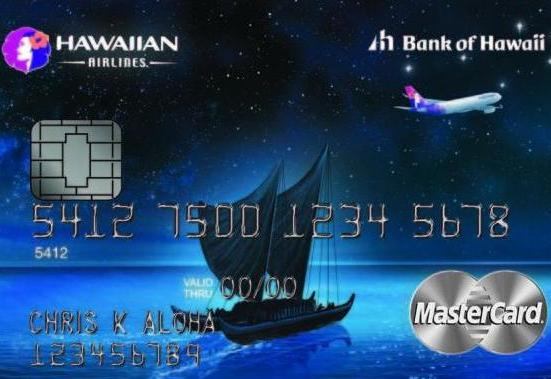 It seems like before the plane even takes off these days, the cabin crew is reminding you of an airline’s latest credit card offer. You could get a free checked bag, priority boarding, and, of course, airline miles. But are these offers really a good deal for travelers?
It seems like before the plane even takes off these days, the cabin crew is reminding you of an airline’s latest credit card offer. You could get a free checked bag, priority boarding, and, of course, airline miles. But are these offers really a good deal for travelers?
Airlines continue to up the ante on competitive travel credit card offers. Recently, Barclay Card and Bank of Hawaii unveiled its new Hawaiian Airlines World Elite Mastercard. The card offers 35,000 bonus Hawaiian Miles when you spend $1,000 or more. That’s enough to earn a ticket from the mainland US to Hawaii at the lowest redemption levels (no blackout dates). In addition to bonus miles, card holders are rewarded with a complimentary checked bag, no foreign transaction fees, a one-time 50 percent companion ticket, built-in chip encryption for foreign travels, and the opportunity to earn 2x miles on purchases of Hawaiian Airlines flights or 10x miles for purchasing tickets with their partners.
But that’s just one of many competing offers. Before you sign up for a card, there are a few questions you need answered, so you can get the right credit card for your travels.
1. How much will the card cost you?
The best perks don’t come cheap. Many cards include an annual fee that can range from $50 to over $500. It’s common, but not standard for card holders to waive those fees for the first year. Financially, it’s thought that if you plan to spend at least $1,000 a month, a card with an annual fee offers the best rewards.
When choosing to invest in a card that includes an annual fee, travelers need to make sure their spending and the anticipated rewards will offset any costs associated with the card. Nerd Wallet has a nifty calculator that lets you determine your annual savings for any given card by adding expected rewards, subtracted by fees, and averaging that total savings over the number of years you expect to have the card open.
2. What about fees?
Annual fees are not the only expenses associated with travel. You should also aim to have an APR from 8 to 10 percent, though some cards have APRs up to 15 percent. To maximize a travel card, it’s best to remember to pay off the balance of that card every month. Your APR may change with a late payment. But watch out: Many travel-related cards usually have a higher interest rate. Those interest payments can quickly offset the potential card benefits.
3. How are you looking to earn rewards?
There are two types of travel cards: reward cards and co-branded cards. Co-branded cards are associated with one hotel or airline chain. You can redeem these cards for all sorts of offers, but you obviously find the most lucrative rewards with the brand itself. Plus, card holders usually get additional perks like priority boarding, lounge access, and a free checked bag.
If you aren’t ready to declare loyalty to one airline or hotel, there are branded travel cards like Capital One Venture, Barclaycard Arrival, and Bank America. With these cards, you can earn cash back or statement credits in addition to redeeming points for select travel services.
One way to gauge if you want a reward card versus a travel card is based on spending. Go with the travel card if you are spending enough to earn a free trip each year.
Want to know more about travel credit cards? Click here to find out:
- More Credit Cards Remove Foreign Transaction Fees
- 5 Items On Your Checklist For International Travel
- New Loyalty Programs for Online Travel Agencies
By Lily J. Kosner for PeterGreenberg.com












